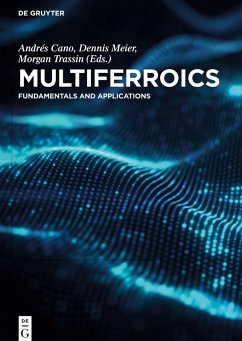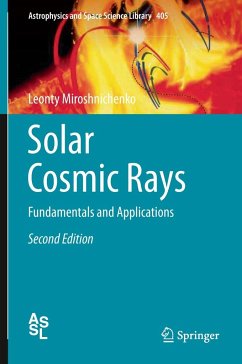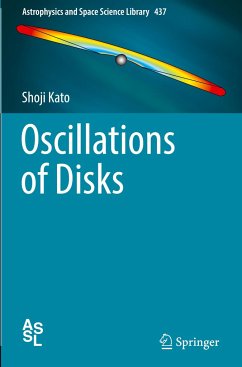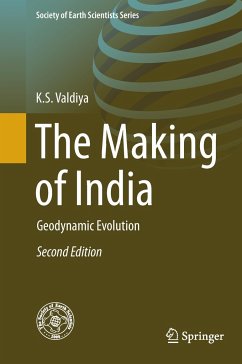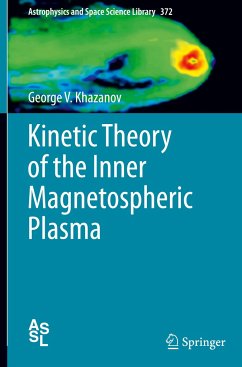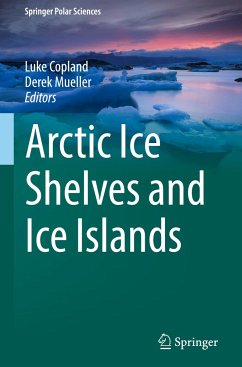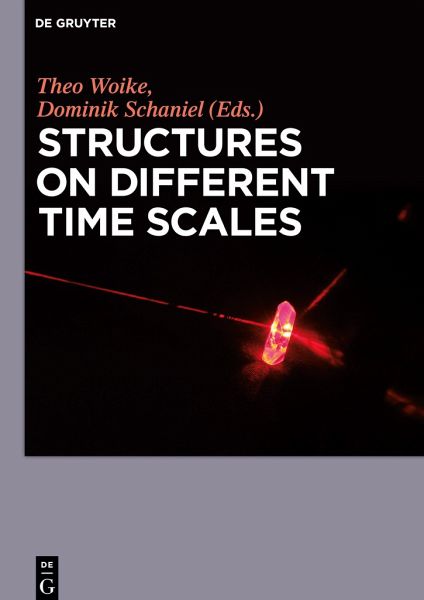
Structures on Different Time Scales
Volume 1
Herausgegeben: Woike, Theo; Schaniel, Dominik
Versandkostenfrei!
Versandfertig in 6-10 Tagen
102,99 €
inkl. MwSt.

PAYBACK Punkte
51 °P sammeln!
Volume 1 of this work presents theory and methods to study the structure of condensed matter on different time scales. The authors cover the structure analysis by X-ray diffraction methods from crystalline to amorphous materials, from static-relaxed averaged structures to short-lived electronically excited structures, including detailed descriptions of the time-resolved experimental methods. Complementary, an overview of the theoretical description of condensed matter by static and time-dependent density functional theory is given, starting from the fundamental quantities that can be obtained ...
Volume 1 of this work presents theory and methods to study the structure of condensed matter on different time scales. The authors cover the structure analysis by X-ray diffraction methods from crystalline to amorphous materials, from static-relaxed averaged structures to short-lived electronically excited structures, including detailed descriptions of the time-resolved experimental methods. Complementary, an overview of the theoretical description of condensed matter by static and time-dependent density functional theory is given, starting from the fundamental quantities that can be obtained by these methods through to the recent challenges in the description of time dependent phenomena such as optical excitations.
Contents
Static structural analysis of condensed matter: from single-crystal to amorphous
DFT calculations of solids in the ground state
TDDFT, excitations, and spectroscopy
Time-resolved structural analysis: probing condensed matter in motion
Ultrafast science
Contents
Static structural analysis of condensed matter: from single-crystal to amorphous
DFT calculations of solids in the ground state
TDDFT, excitations, and spectroscopy
Time-resolved structural analysis: probing condensed matter in motion
Ultrafast science



